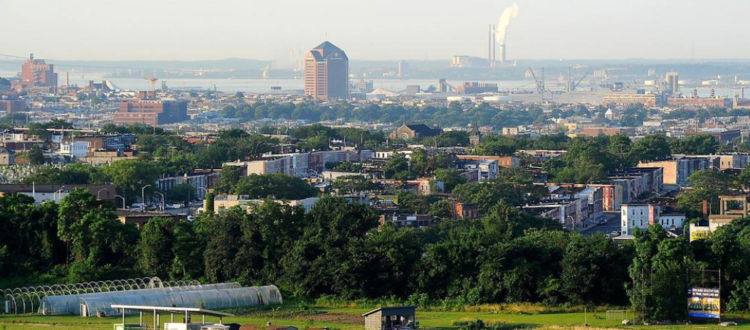Urban farmers need support after record-breaking rainy year
DANA STEIN, CONTRIBUTOR — Urban farming — the growing of plants within a city — can take many forms, from community gardens to backyard orchards to flower farms on vacant lots. Baltimore City is home to nearly 20 urban farms, and more than 75 food-producing community gardens.
While often small in size, urban farms can have a large impact on the health of communities. With just a few acres, they can improve food access, encourage healthy eating, increase green space, create a sense of community, stimulate the local economy and reduce carbon emissions.
…
We know that farmers need rain for their crops. But record-breaking rain has hurt farmers throughout the region, especially urban farmers. Because urban farms grow in much smaller spaces than rural farms—approximately 10,000 acres vs. 8 acres — every square inch is valuable. Due to compacted soil often left behind by land development, urban fields are not able to drain as easily, and the crops drown in their own spaces.
…
Helping to keep urban farms alive is challenging, but can bring great rewards. Farming inherently involves loss and growth. And farmers are constantly working to bring new life into their communities year after year.
–
Check out the rest of the article online at the Baltimore Business Journal.

